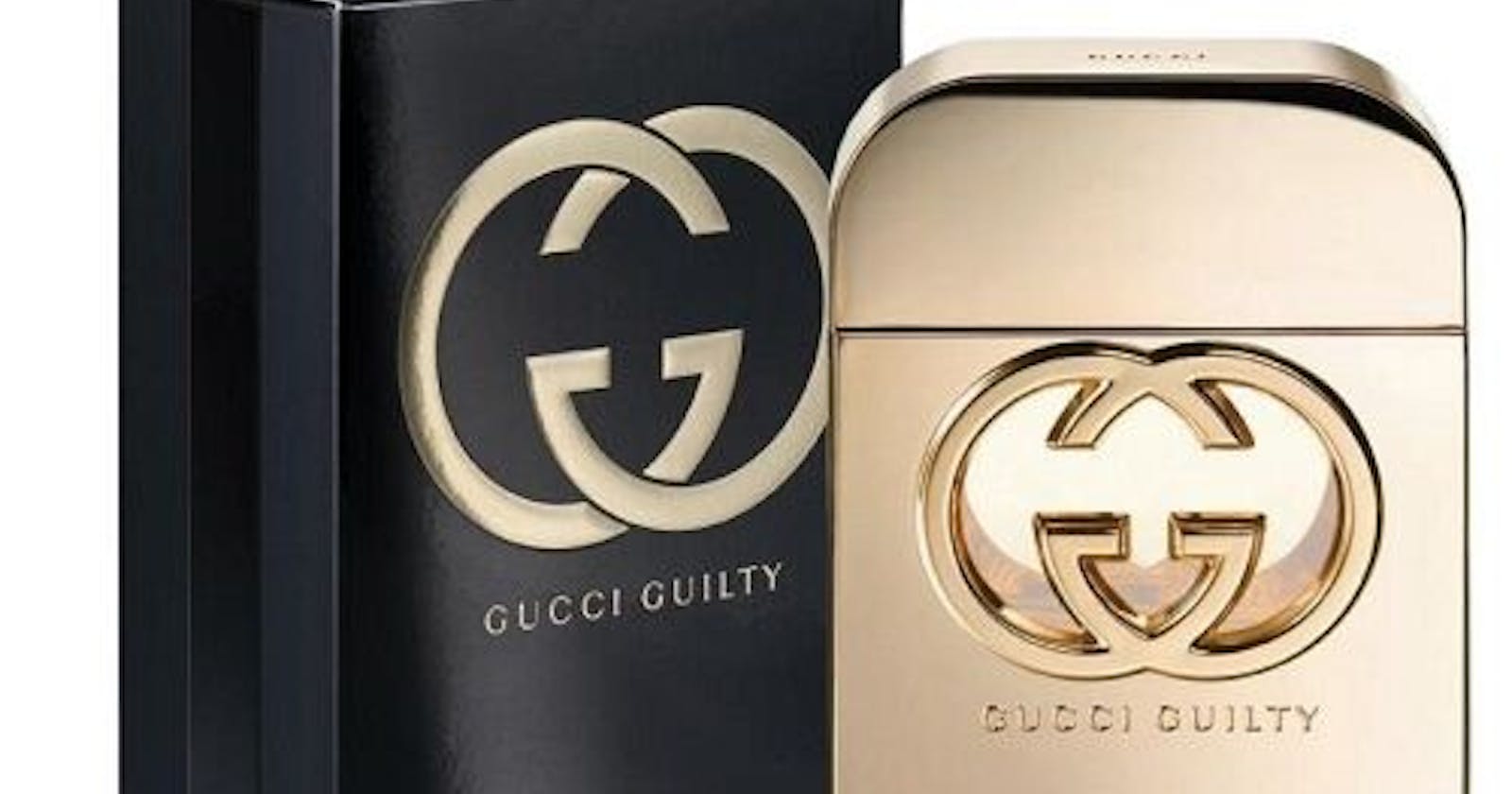Ever since its establishment, Gucci, a brand that embodies elegance and sophistication, has had a profound influence on the fashion world.
This piece discusses the brand's extensive history and examines its significant impact on establishing standards and shaping trends in the fashion industry.
Beginnings
Guccio Gucci, an Italian from Florence founded the now famous “Gucci” brand.
He had travelled from Paris to London at the time, to make a living.
While working as a lift boy at the ‘Savoy Hotel’, he was greatly inspired by the sophistication and style that he saw.
He returned to Italy and started helping his father make saddles (a seat fastened on the back of a horse or other animal for riding, typically made of leather) and leather travel bags.
The demand for saddles reduced in the long run, and then, he went into making various other accessories to keep his business going.
In 1922, ‘Gucci’ came to light. of Italy. Guccio was able to skilfully blend the Italian expertise with the sophistication he had seen overseas.
Gucci's commitment to craftsmanship and attention to detail quickly garnered attention, laying the foundation for what would become one of the most iconic fashion houses globally.
The Breakthrough
During Italy’s post-war era, traditional raw materials were in short supply, Guccio Gucci started to use lightweight and durable bamboo in 1947 for product creation.
Using original craft techniques, Guccio and his Florentine artisans designed the Bamboo bag.
This was the forerunner and the beginning of fame for the legendary house.
1953 was a paramount year for the House. Gucci's first store outside of Italy in New York City was launched.
It introduced its first footwear, most famously characterized by an accessory for horses that Gucci started utilizing early in the decade to recall the lifestyle and fashion associated with horseback riding.
The trademark was constantly reworked, with the Horsebit 1955 bag referencing the year its related form of the item first featured in Gucci's designs.
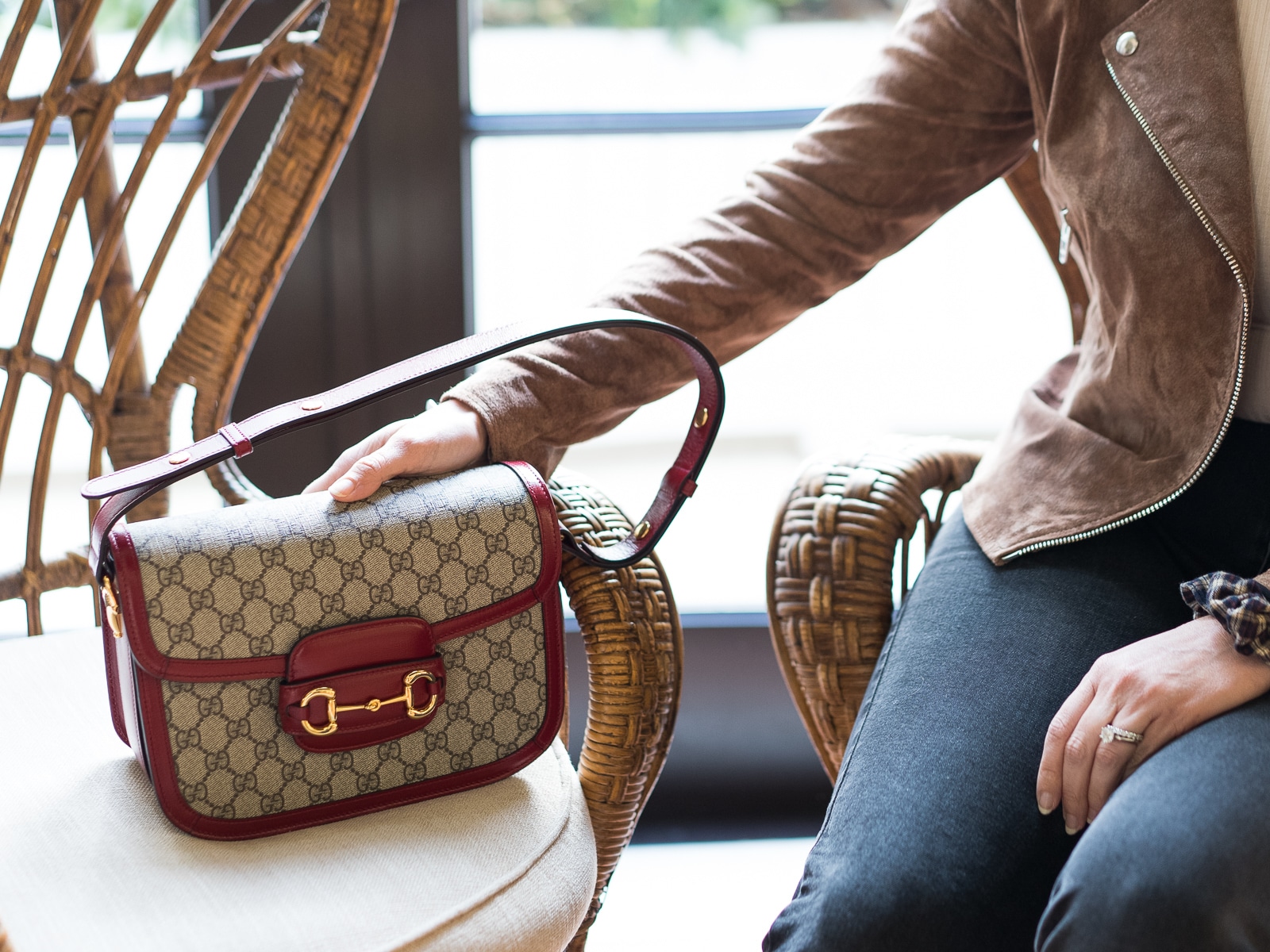
Gucci's Horsebit 1995 Bag. Image Source: purseblog.com/images/2021/02/Gucci-1955-Hor..
In 1953, the House purchased Florence's historic Palazzo Settimanni to house its expanding craft production in the center of the city.
The influence of Gucci grew to include high-flyers, celebrities, dignitaries, and socialites worldwide, and the company continued to expand quickly.
The Iconic GG Logo and Signature Patterns
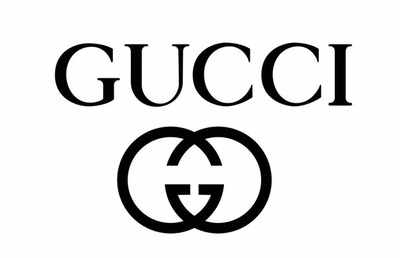
Image Source: static.toiimg.com/thumb/msid-106616095,widt..
The brand's original identifier which Guccio designed himself was not, in fact, the logo.
The first appearance of the brand on the best leather goods from Guccio Gucci came about 12 years after he founded his own company. In 1933, after Guccio welcomed his son - Aldo into the family business, he created the first iteration of Gucci’s logo as a tribute to his father.
This logo design was simple, including two capital G letters that were intertwined. The logo was used till 1955.
Aldo became the director of “The House of Gucci”, after the passing of his father in 1953.
Aldo made the pragmatic decision to update the Gucci logo after taking the leadership position of the company.
The new design continued to honour his father by featuring a knight carrying bags, just as his father had done when he was working as a lift boy. This version of the logo communicated that Guccio's brand has grown beyond what a teenage bellhop could have imagined, representing a much bigger brand. This Logo was till 1992 before it was changed.
Even though this image of a knight served as the official Gucci mark, the company continued to use the "double G" symbol on its products, making this sign equally as associated with the brand as the knight logo.
Following its widespread use in Gucci's product lines and advertising, the company decided to reintroduce the "double G" as its official logo in 1992.
The change in the logo came with Tom Ford joining the company. Tom made a few minor adjustments to the characters and font of the logo.
The logo saw another minor modification in 2015. This time, the logo was printed in white, giving it a modern, corporate, and clean appearance.
The distinctive patterns of Gucci are also a crucial component of the brand's identity.
Designed in 1966 by artist Vittorio Accornero, the Flora pattern is one of the most recognizable designs.
Gucci has utilized the design, which showcases a vibrant assortment of flowers and insects, on a range of products, such as apparel, scarves, and purses.
The Web stripe is another well-liked design that was influenced by the girth straps found on horse saddles.
The stripe, which comes in three colours — green, red, and green is featured on several Gucci items, such as purses, shoes, and apparel.

Tom Ford Era: A Modern Renaissance
In the 1990s, Gucci experienced a revitalization under the creative direction of Tom Ford. Ford's daring designs and bold aesthetic reshaped the brand, making it synonymous with sensuality and contemporary style. The provocative runway shows and iconic pieces, like the sleek satin shirts, propelled Gucci into the forefront of the fashion zeitgeist.
Some of Tom Ford’s revolutionary designs that helped to define the brands' aesthetics:
**The Tom Ford Suit:
**One distinctive aspect of Tom Ford's tenure at Gucci was his suits. His designs were clean, contemporary, and frequently had striking patterns and colours.
The Gucci loafer:
Tom Ford was the one who gave the iconic shoe its contemporary makeover, even though it has been a mainstay of the brand since the 1950s. He included a horse-bit detail and a significant heel, which came to define the brand.
The Gucci Baguette Bag:
Launched in 1997, this little shoulder bag swiftly rose to prominence as one of the decade's most sought-after accessories. The bag had a sleek, simple design and was meant to be worn close to the body.
The Gucci Flora Scarf:
Created in 1966 for a silk scarf, the Flora pattern gained popularity again in the 1990s thanks to Tom Ford. Gucci has utilized the design, which showcases a vibrant assortment of flowers and insects, on a range of products, such as apparel, scarves, and purses.
The Gucci G-String:
When the Gucci G-String was first released in 1997, the fashion industry was abuzz with talk about this daring piece of underwear
Gucci in the 21st Century: Alessandro Michele's era
When Alessandro Michele joined Gucci as creative director in 2015, he introduced a diverse and whimsical perspective to the brand. Maximalism was embraced in Michele's designs, which combined retro elements with contemporary ideas. The GG Marmont bag and the revived Double G emblem heralded the return of Gucci's recognizable logo in a modern, new setting.
Gucci's Cultural Impact and Collaborations
Beyond just design, Gucci has been essential in establishing popular culture.
The brand has maintained an important position in discussions through partnerships with artists, celebrities, and even unusual entities such as Disney.
Gucci is a cultural phenomenon that has influenced not only what we wear but also how we view luxury and style because of its ability to break beyond conventional boundaries.
In recent years, Gucci has actively embraced sustainability and social responsibility.
From reducing environmental impact to supporting social justice initiatives, the brand has demonstrated a commitment to ethical practices.
Gucci's efforts to align with contemporary values resonate with a new generation of conscious consumers.
We have seen very unique, beautiful, and innovative designs ranging from bags to scarves, shoes, clothes, and more from Gucci. Particular on bags, here are a few picks of modern Gucci bags:
Gucci Zumi: This purse, which comes in a range of sizes and colours, has been named after Zumi Rosow, an actress and musician. It's ideal for daily usage and has a distinctive interlocking G Horsebit detail.
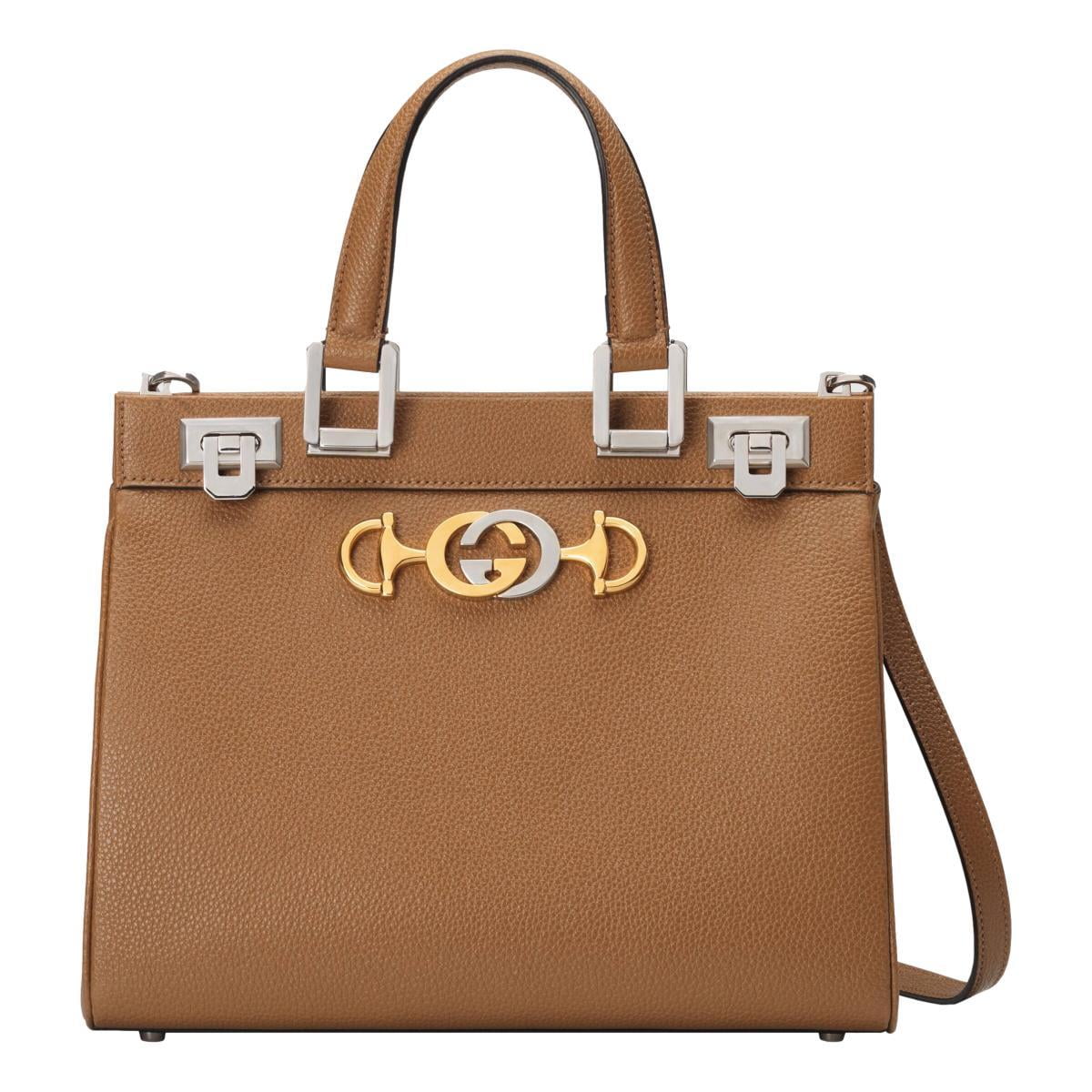
Gucci Zumi Bag. Image Source: i5.walmartimages.com/asr/5f2a2f28-1798-45c7..
Gucci Sylvie: This bag comes in a range of colours and sizes and has a distinctive chain and buckle fastening. It is the ideal fusion of contemporary and retro design.

Gucci Sylvie Bag. Image Source: sothebys-md.brightspotcdn.com/e5/f2/f174393..
Gucci Marmont: This bag comes in a range of sizes and colours and has a distinctive GG logo. It is the ideal option for people who enjoy striking and daring designs.

Gucci Marmont Bag. Image Source: media.gucci.com/style/DarkGray_Center_0_0_9..
Gucci Dionysus: This bag features a unique tiger head closure and is available in various sizes and materials. It is a perfect choice for those who love bold and edgy designs.
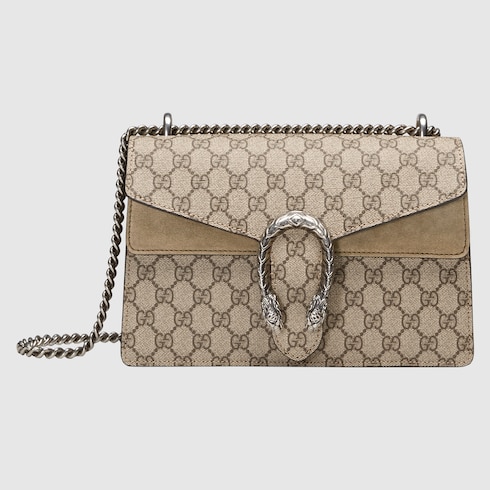
Gucci Rajah: This bag features a unique crystal-encrusted tiger head closure and is available in various sizes and colours. It is a perfect choice for those who love bold and edgy designs.

As we navigate the ever-evolving landscape of fashion, Gucci stands as a testament to the enduring power of innovation and reinvention.
From its humble beginnings to becoming a global powerhouse, Gucci's influence on the fashion industry remains unparalleled.
The brand's ability to balance heritage with a forward-thinking approach ensures that the name Gucci will continue to be synonymous with elegance, luxury, and visionary style for generations to come.

